

Jun 17, 2022
CAREER & LIFEStriving for carbon neutrality while ensuring both eco-friendlinessand worker comfort at DENSO plants
Gathering courage and taking a step to an engineer from an office worker
Yuka Yamamoto is working to realize eco-friendly factories through heat management with the goal of carbon neutrality. Originally a student of the humanities and an office associate at DENSO, Yamamoto is now transitioning to engineering work because she strongly wants to become more directly involved with the company’s products and technologies. We sat down to discuss her true thoughts and goals as she breaks into the world of engineering.
Contents of this article
Creating eco-friendly factories with good working environments
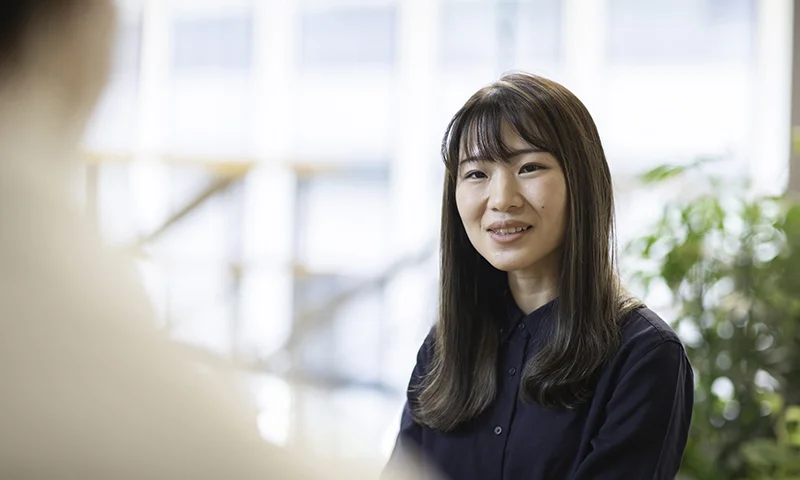
── Thank you for meeting with me today. I heard you’re involved in a project which aims to achieve carbon-neutral plants for DENSO. What types of problems are you trying to solve?
Yamamoto:One thing we’re working on is making the workplace more comfortable. The inside of an industrial plant can get up to around 40°C (104°F) during the summer. I sometimes visit our plants myself and the summer heat is really intense. You begin to feel exhausted after just an hour or two!
── Yes, factories get so hot during the summer.
Yamamoto: Yet some people have to work all day in that environment. My goal is to make it more comfortable for them as they work hard on making our products. I want to help them out in some way.
── I bet they’d be happy to hear that! Plus, creating better working environments leads to better products.
Yamamoto: It does. However, we can’t just cool the place by turning up the air conditioning, as that would take us further from, rather than closer to, the company’s goal of carbon neutrality. Our mission is to achieve both workplace comfort and eco-friendly performance.
──Those two goals seem contradictory. How do you intend to resolve that?
Yamamoto: We can solve it by using comprehensive heat management for each plant as a whole. Currently, these plants waste a lot of thermal energy. For example, the gas burners emit flames at around 700°C (1300°F), but this heat is simply radiated toward the facility walls and convected through the air, or else piped to the outside and released.
We’re trying to optimize heat-energy flows within plant facilities and reuse that heat, rather than wastefully release it, to reduce heat-energy loss. We’re brainstorming from various angles while searching for ways to prevent heat accumulating in areas where employees work and taking workplace comfort into consideration.
── That sounds like quite a challenge. Furthermore, DENSO has various plants, each with different facilities and equipment, varying degrees of aging, and other such differences. How do you account for these factors?
Yamamoto: We take a cross-divisional approach encompassing all manufacturing divisions, and start by addressing common issues shared by all plants. To fully understand those issues, I spend a lot of time visiting the plants in person.
Prioritizing onsite, in-person confirmation of workplace conditions
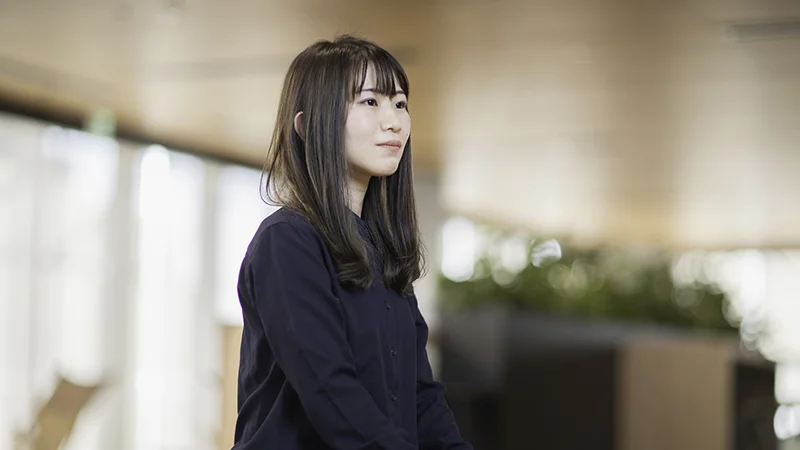
── So you visit the plants in person on a regular basis?
Yamamoto: That’s right. There are many things that can’t be fully understood without actually going to the site, which is why I’m always making visits.
── In other words, you’re committed to confirming actual conditions and issues onsite? What inspired you to take this approach?
Yamamoto: Before taking on this job, I had never seen DENSO’s plants in person. If someone tells you that they are exposed to exhaust heat or the workplace is too hot, it’s hard to truly grasp those things without experiencing them. If I simply tried to come up with solutions based on secondhand information, onsite workers would likely be dissatisfied with the resulting measures, so I decided to go and check things out for myself.
──It’s always better to see things for yourself than rely on reports.
Yamamoto: Also, in order to achieve our eco-friendliness goals, we needed to gain the support of onsite staff. Therefore, I told my other team members and my supervisor that I wanted to visit the worksites in person and hear the views of plant workers directly to improve communication with them.
── I imagine onsite staff were pleased and felt more reassured. As I listen to you talk about your work, you seem to focus on relationships with coworkers and other workplace members.
Yamamoto: That’s true. My personal experience and knowledge alone is not enough to accomplish my goals at work, so I try hard to foster good, friendly working relationships with others. When working with other departments and divisions in particular, it’s important to earn the trust of everyone involved.
── When you ask someone to help you out, you’re asking for their time, and wasting a person’s time is a great way to lose their trust.
Yamamoto: I couldn’t agree more. That’s why I always try to solve things on my own first before asking others for advice or help. That helps me build greater trust with others and thus increase the number of people I can work with in future.
Toward greater involvement in core activities: pursuing an engineering career with the help of others
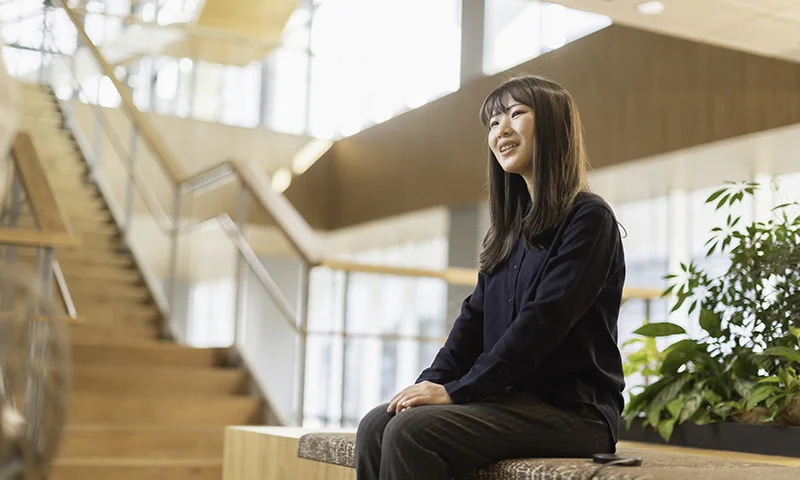
── Here in 2022, you’re now in your seventh year at DENSO, but the first three weren’t as an engineer, were they?
Yamamoto: That’s correct. I was initially involved in administration for in-house events, improving working-style, and other such work. I joined the company as an office associate, so I was mainly in a supporting role.
── And then you became an engineer, which is an entirely different field. Was the transition difficult? What motivated you to take the plunge?
Yamamoto: I studied the humanities, and when I joined DENSO I had no interest in technical things. However, as I spent time working alongside technology development experts, I became more interested in getting involved with the company’s products and technologies.
── So you became interested in the technologies themselves?
Yamamoto: Yes, and my mindset changed as well. I spent those initial years performing relatively thankless tasks behind the scenes, but I wanted to contribute more directly to the goals and visions of the company. I became more interested in getting involved with the core of overall company operations.
── So that’s why you chose to become an engineer?
Yamamoto: It is. After making that decision, I talked with my supervisor and more experienced coworkers, as well as heads of other sections within the company, and told them about my goal.
── How did people react when you told them you wanted to become an engineer?
Yamamoto: Everyone took me seriously and listened to what I had to say. They also encouraged me, helped me understand some of the upcoming challenges, recommended possible jobs that would enable me to truly contribute to the company, and gave me other advice and help. Thanks to their support, I was able to make the career change and become an engineer.
── It sounds like you had a lot of help! Even so, it must have been difficult to acquire the necessary knowledge and skills.
Yamamoto: It was really tough! DENSO has an in-house performance evaluation test which is the first step toward becoming an engineer. Because I was starting from scratch with no engineering knowledge, the task proved to be very difficult.
── But it seems you’ve accomplished so much precisely because you had to work harder than others to overcome the challenges.
Yamamoto: My supervisor laid out a good path for me, which was a big help. To learn the necessary skills, I started by trying them out in practice. He gradually increased my involvement in experiments and planning, giving me more opportunities to think for myself as I worked. My boss always told me, “If you can do it, that’s exceptional. If you can’t do it, that’s normal. Giving it your best shot is what’s most important.” Thanks to that advice, I was able to push myself without taking on too much at once.
── DENSO sounds like a great place to work!
Self-improvement with no final goal: creating new opportunities
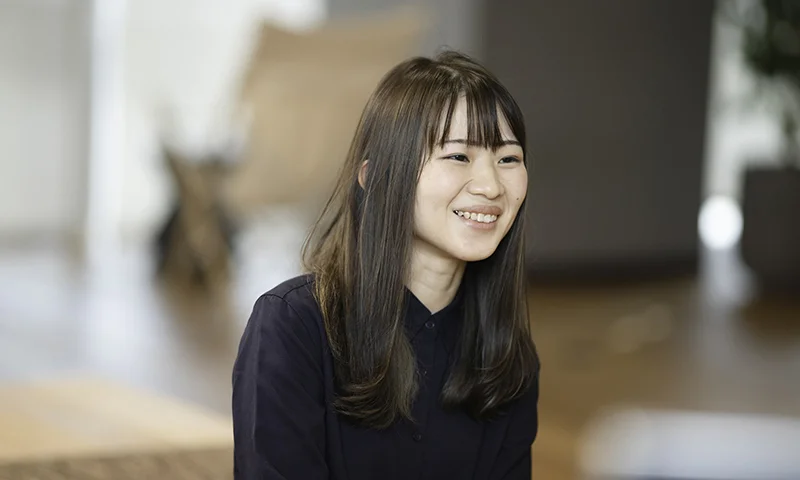
── I’d like to ask you about your future plans. You’ve told me how you’re working to make plants eco-friendly and more comfortable places to work, but what are your personal goals for the future?
Yamamoto: In all honesty, I have no idea! [laughs] I don’t have a clue what I’ll be doing five or ten years down the road. For now, I want to learn as many things as possible to give me more options in life in the future.
── So you want to be able to seize any opportunity that comes along?
Yamamoto: That’s right. There are a lot of jobs and functions within DENSO that I still know nothing about, such as advertising and PR work, like your job as an interviewer. I used to have limited exposure to the wider world, but in future I want to avoid narrowing my focus too much. By getting involved with new types of work, it’s possible to encounter new worlds I had never imagined. That’s why I’ve avoided setting my future plans in stone.
── I imagine you’ll be inundated with offers from other departments once this article comes out. Think you can handle it? [laughs]
Yamamoto: That would mean I can do anything I want! [laughs] But seriously, it’s because of those first three years of working in a different field that I’ve been able to work in engineering now and evolve. Taking advantage of opportunities to try new things and challenging myself can help me grow as a person, so I want to continue trying everything I can.
── I think you’ll be given a wide range of new opportunities to contribute at DENSO. I hope you’ll maintain that optimism and take on new challenges to continue improving your life! Thank you so much for talking with me today.
REACTION
Changing your "Can'ts" into "Cans"
Where Knowledge and People Gather.

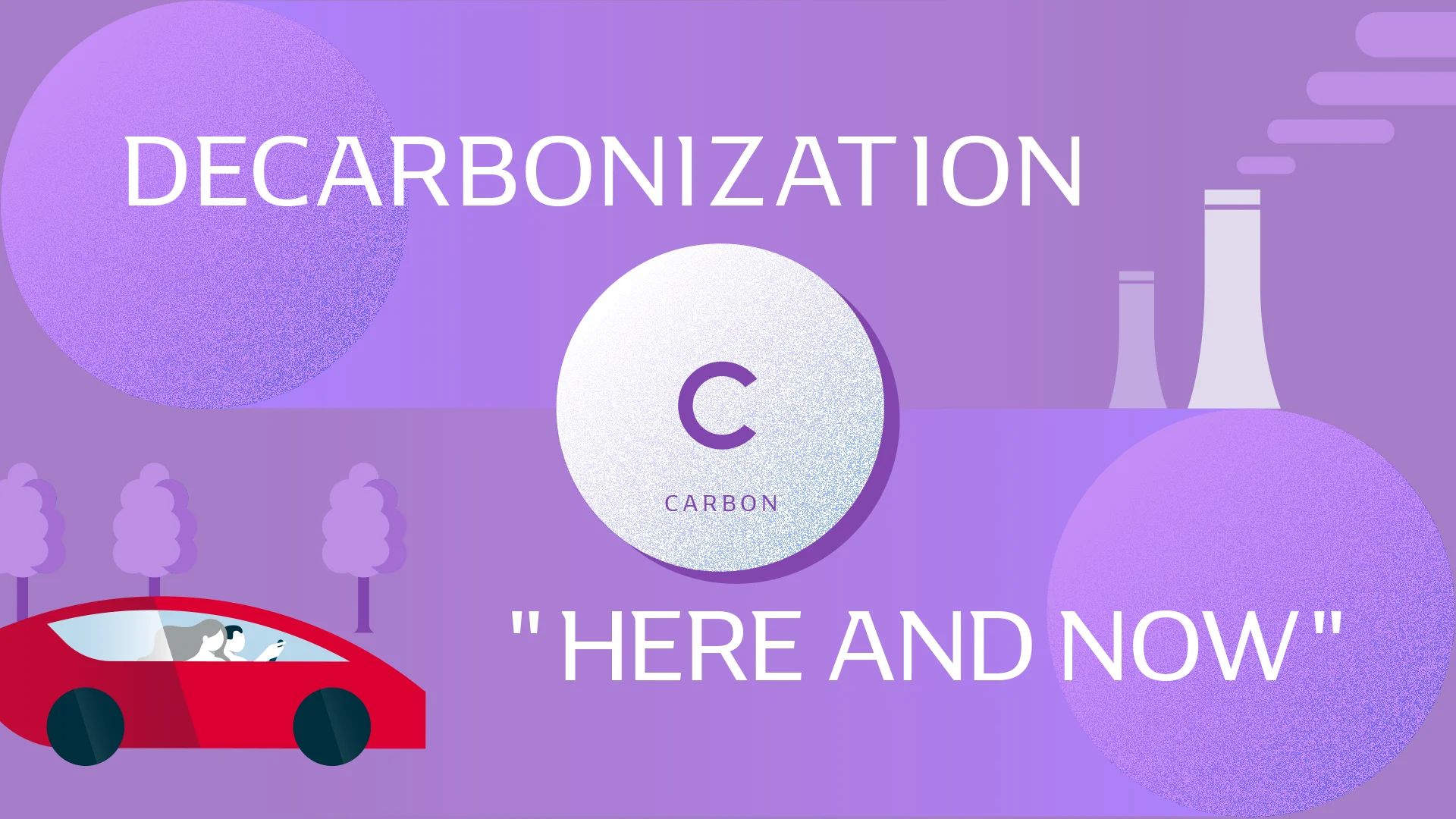


Leave a comment